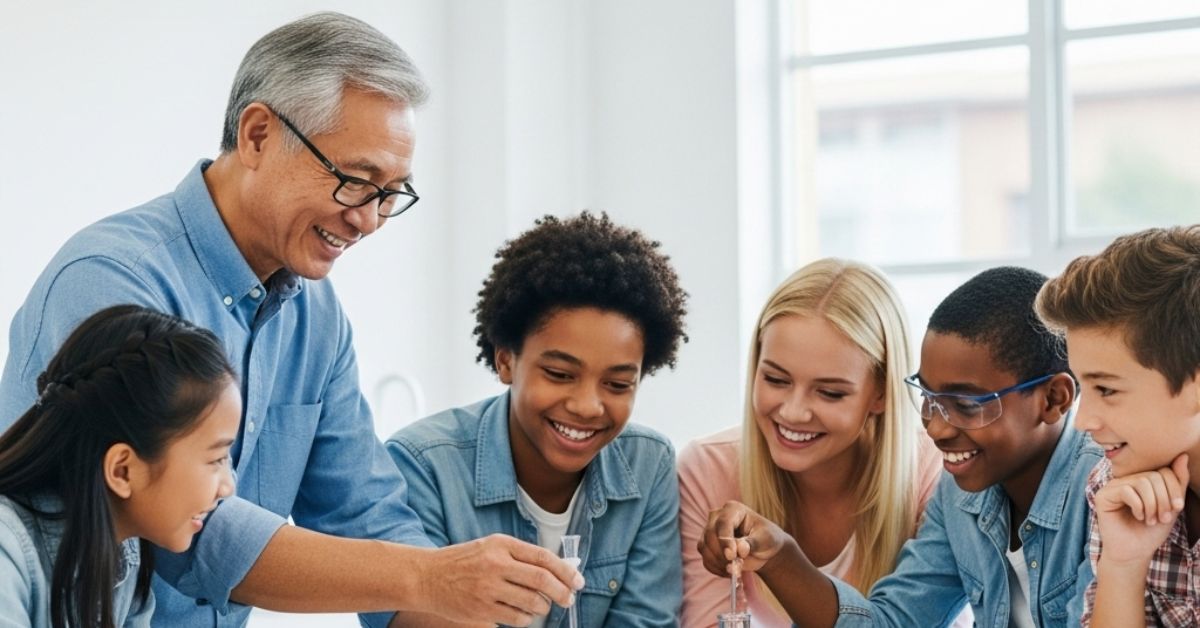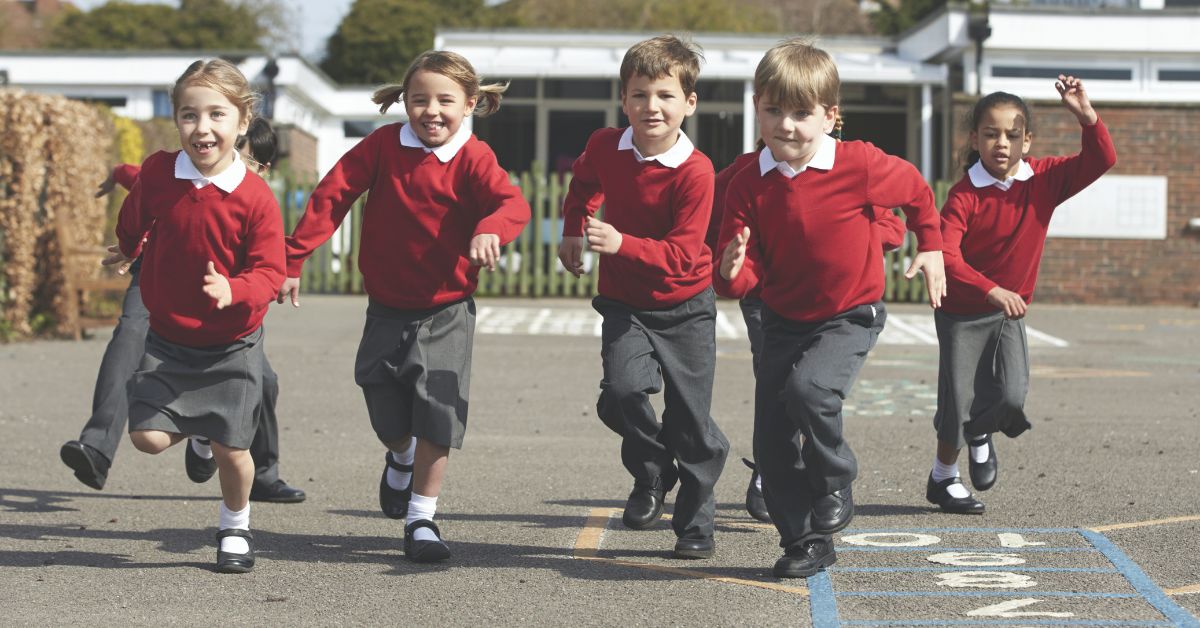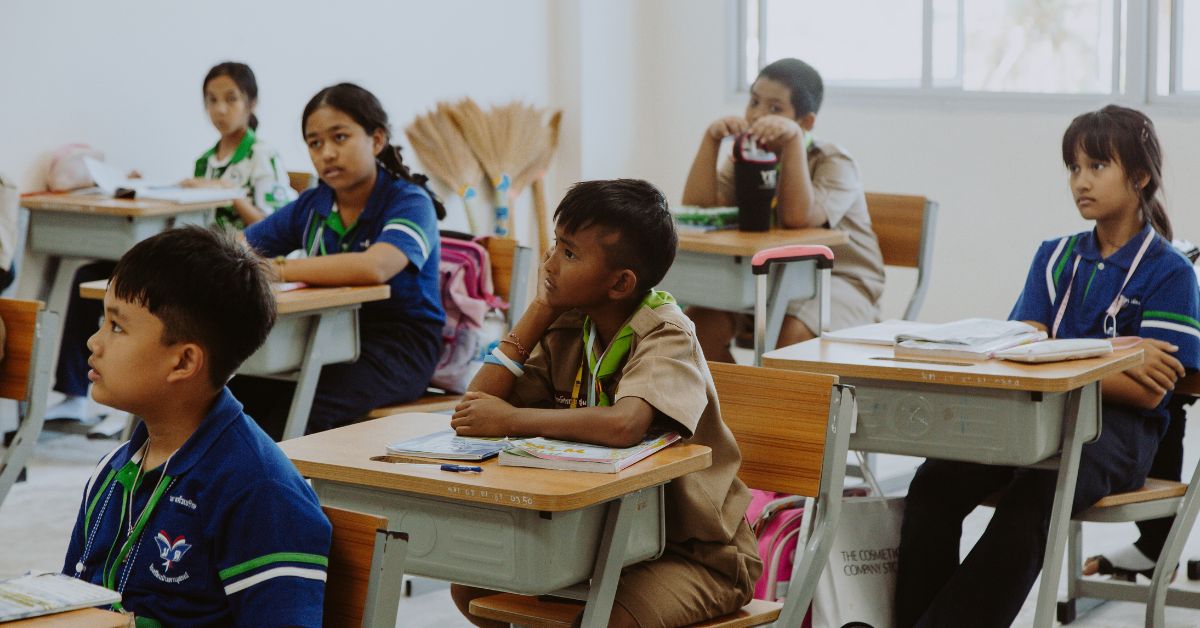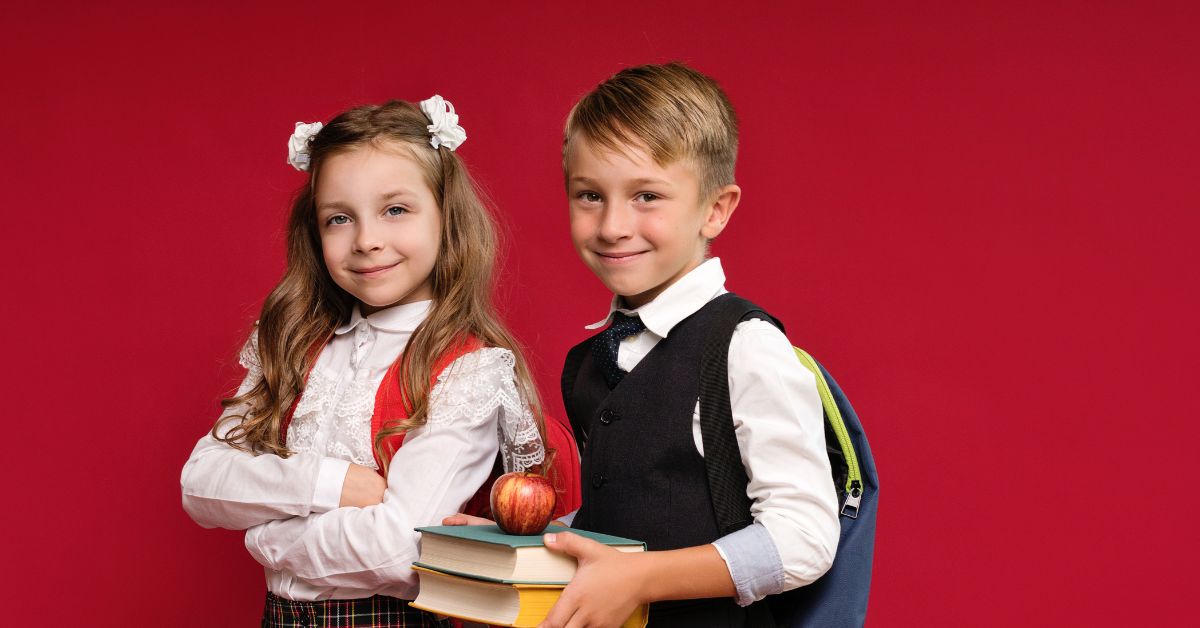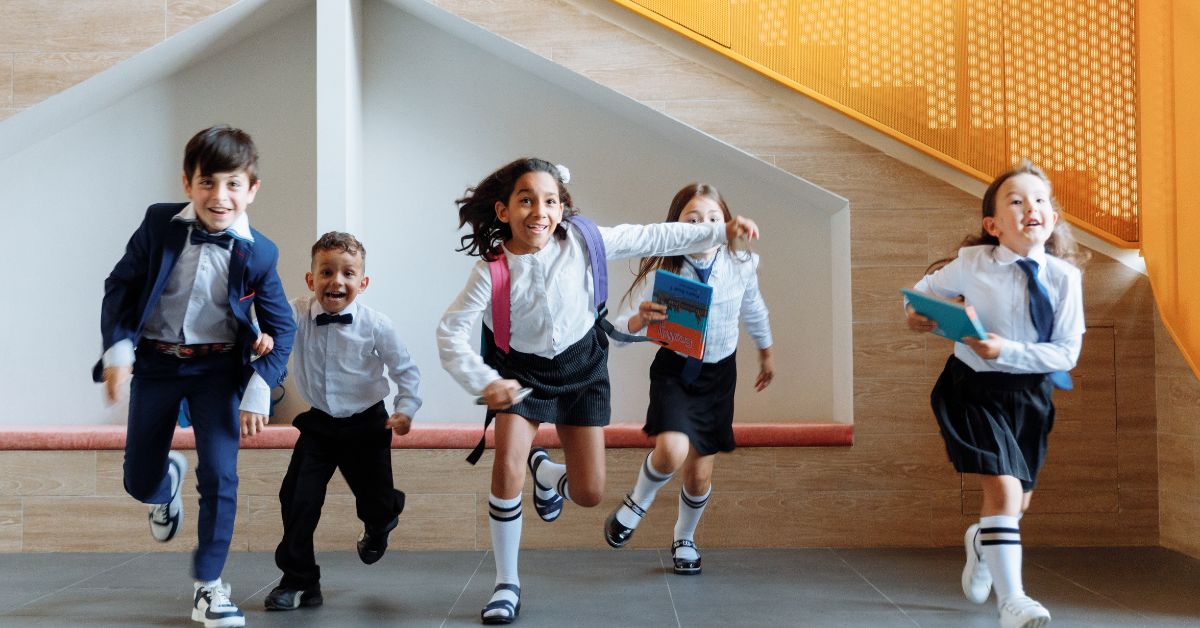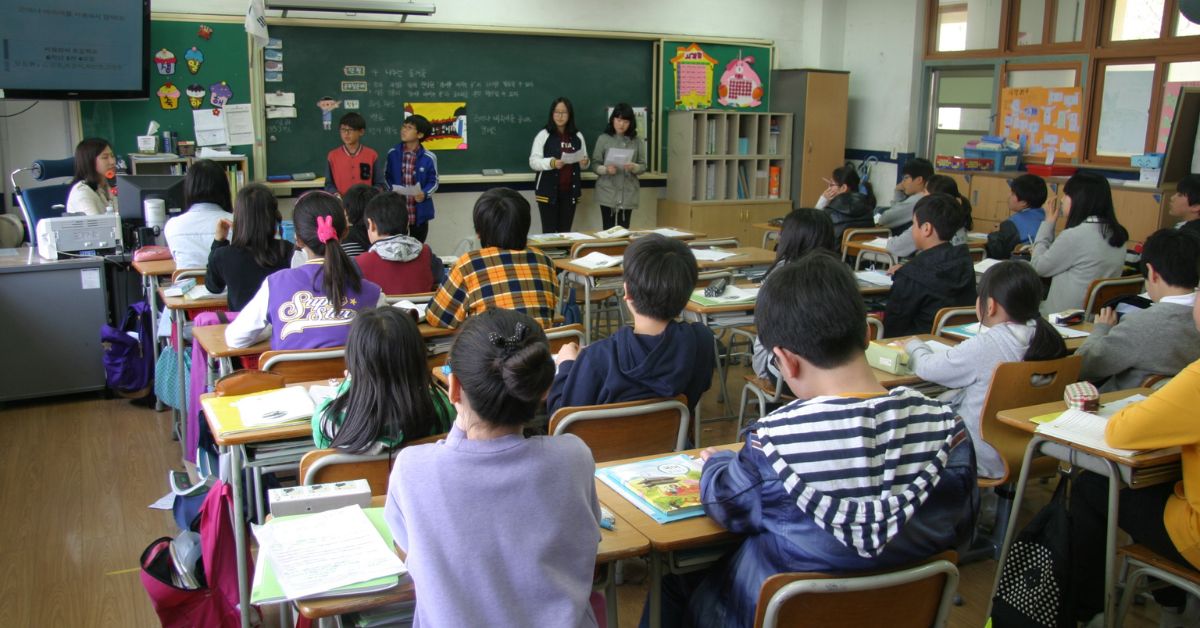In today’s fast-changing world, students need more than just textbooks and test scores. They need real-world skills, emotional support, and a sense of purpose. Traditional school systems often miss the mark when it comes to preparing young people for the challenges outside the classroom. That’s why a growing number of educators, especially in places like Vermont, are rethinking how and what we teach. It’s time for schools to make a bigger impact—by teaching for real life.
What Is “Teaching for Real Life”?
Teaching for real life means helping students gain the tools they need to succeed in the world beyond school. It goes beyond memorizing facts. It includes:
- Problem-solving and critical thinking
- Communication and teamwork
- Financial literacy
- Environmental awareness
- Mental health and self-care
- Civic engagement
- Career skills and hands-on learning
In short, it’s about making learning meaningful, practical, and connected to the world students actually live in.
Why It Matters More Than Ever
The challenges facing young people today are very real: climate change, social inequality, job uncertainty, and mental health struggles. At the same time, many students feel disconnected from school. They often ask, “When will I ever use this?”
That question isn’t just a complaint—it’s a wake-up call. If school doesn’t feel relevant, students check out. But when they see that what they’re learning matters in real life, they get excited, curious, and motivated.
Schools Making a Difference
Across Vermont and other forward-thinking places, educators are already showing what’s possible.
- Community Projects: Some schools connect students with local organizations to solve real problems—like helping reduce food waste, designing public art, or starting school gardens.
- Student Voice: Students are being invited to help shape what and how they learn. When kids help design their own learning journey, they take ownership of it.
- Flexible Learning Paths: Personalized learning plans, internships, and skill-based programs let students follow their passions while gaining useful experience.
- Wellness & Belonging: More schools are recognizing the importance of emotional well-being, equity, and joyful learning environments.
These changes don’t require massive budgets or fancy technology. What they need is a shift in mindset: from testing performance to personal growth, from passive learning to active doing.
Practical Ways to Teach for Real Life
Here are simple yet powerful ways schools can make a bigger impact:
1. Connect Learning to Real-World Issues
Whether it’s climate change, local history, or social justice, students should explore current events and real challenges. Let them ask questions, do research, and come up with their own ideas.
2. Bring in Community Voices
Invite local leaders, artists, farmers, business owners, or activists to speak or work with students. These connections help kids understand the world around them and see how they can be part of it.
3. Offer Hands-On Projects
Instead of only writing essays or taking tests, students can build, design, cook, lead events, create videos, or run small businesses. These experiences teach skills that can’t be learned from a worksheet.
4. Teach Life Skills Openly
Schools can offer sessions on budgeting, job interviews, emotional resilience, and healthy relationships. These are lessons students will use for the rest of their lives.
5. Make Time for Reflection and Choice
Give students a chance to think about what they’re learning, why it matters, and what they want to explore next. Empowering choice helps build confidence and curiosity.
What Students Say
In schools that focus on real-life learning, students often say they feel more seen and more excited to come to school. They describe learning that feels alive—not just something to survive.
A Vermont high schooler put it best:
“When I get to work on something real, I care more. I want to do better—not just for a grade, but because it feels like it matters.”
It’s Not About Throwing Out the Old
Let’s be clear: this isn’t about removing reading, math, or science. It’s about teaching those subjects in a way that connects them to the world around us. Math can involve building things. Science can explore local ecosystems. Writing can include personal stories or letters to lawmakers.
Real-life learning doesn’t mean dumbing things down. In fact, it often makes learning deeper, because students are emotionally invested.
The Bigger Impact
When schools teach for real life, the benefits go far beyond grades:
- Students become better problem-solvers and leaders
- They feel more confident and hopeful
- Communities become stronger and more connected
- Young people grow into adults who care about others and the planet
In a world that desperately needs compassion, creativity, and action, we can’t afford to teach the old way. It’s time for schools to do more than prepare students for tests—they need to prepare them for life.
Real change is possible—and it’s already happening in classrooms that dare to ask, “What if school looked more like life?” If we want a better future, it starts with teaching that’s bold, joyful, and real.

